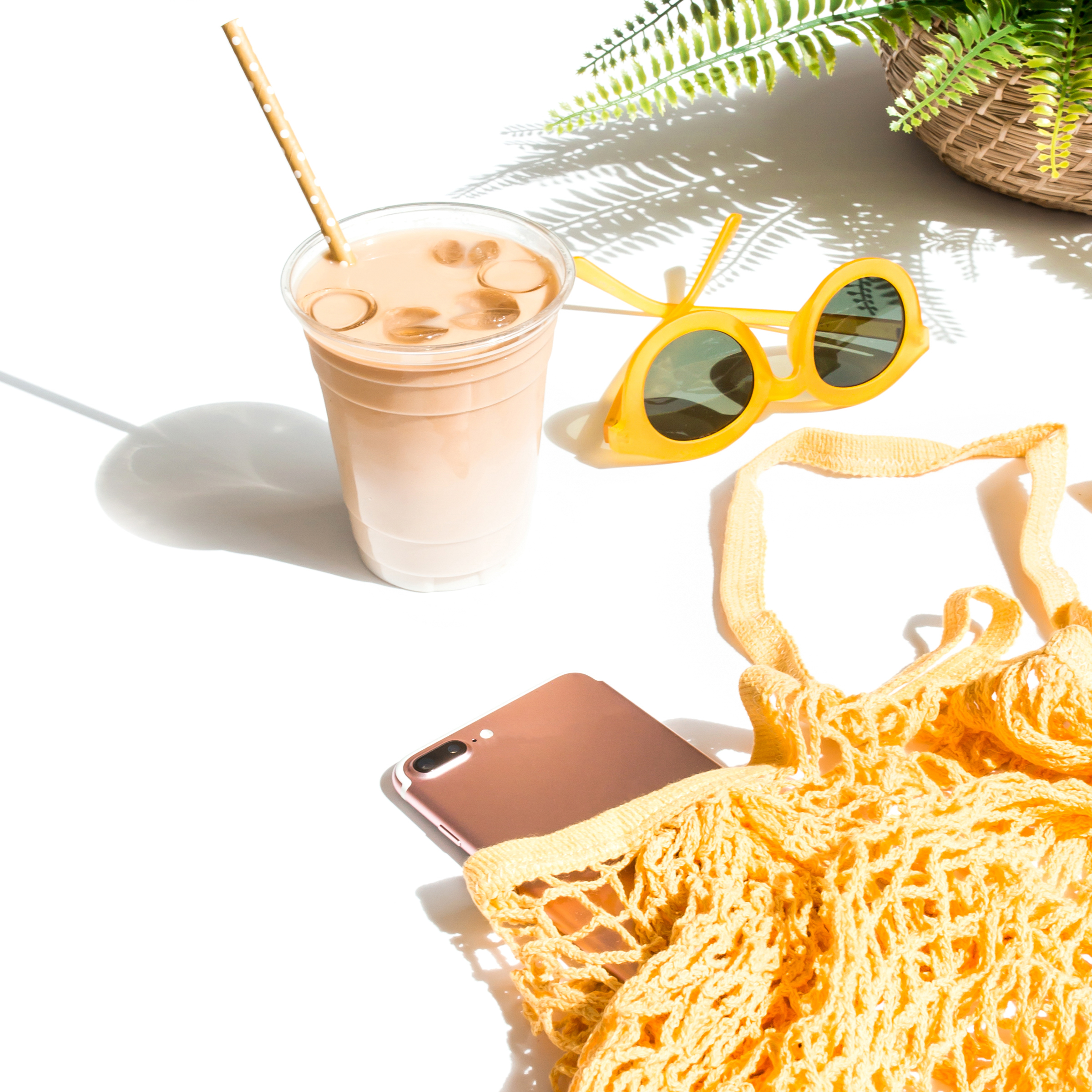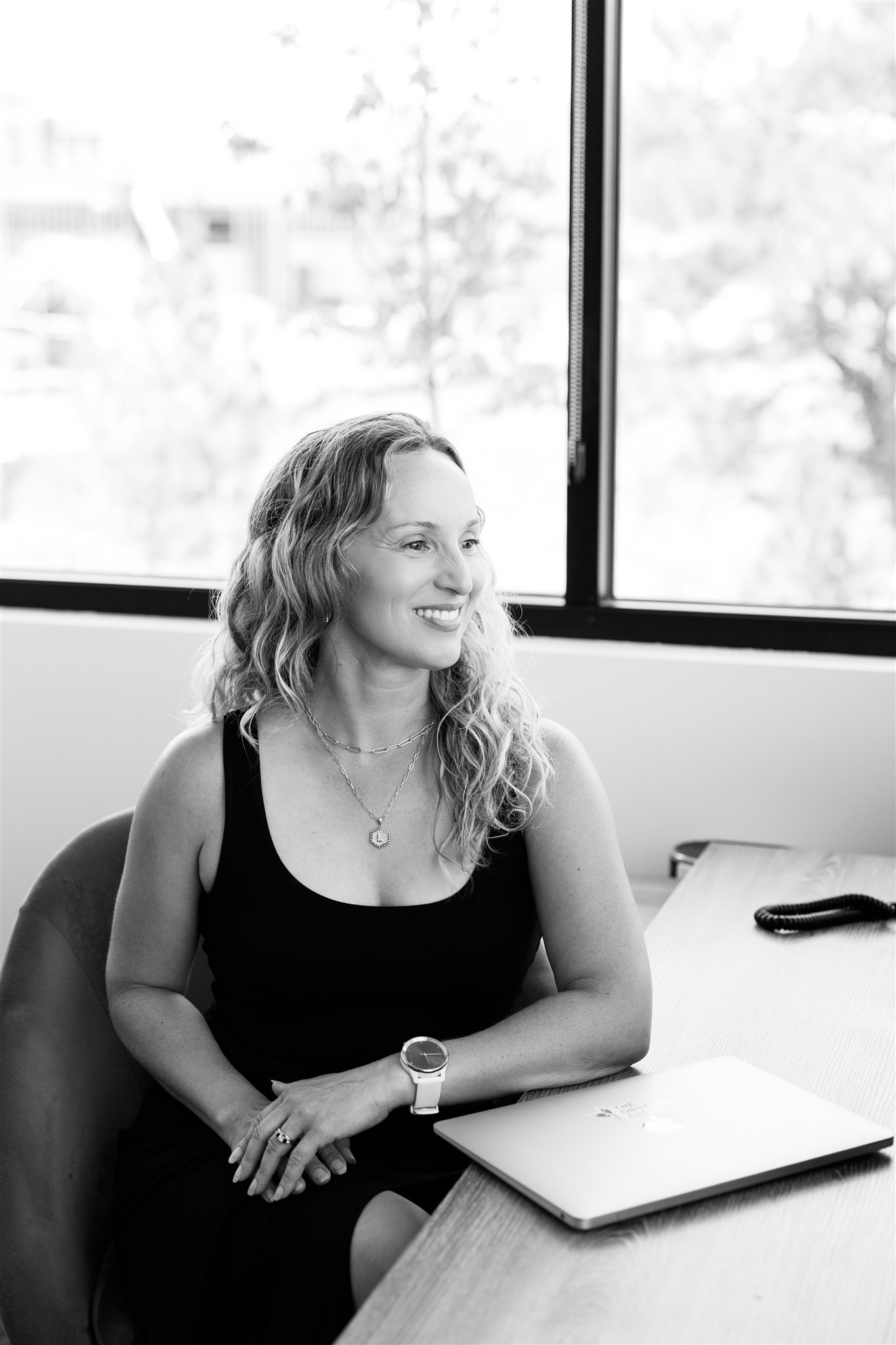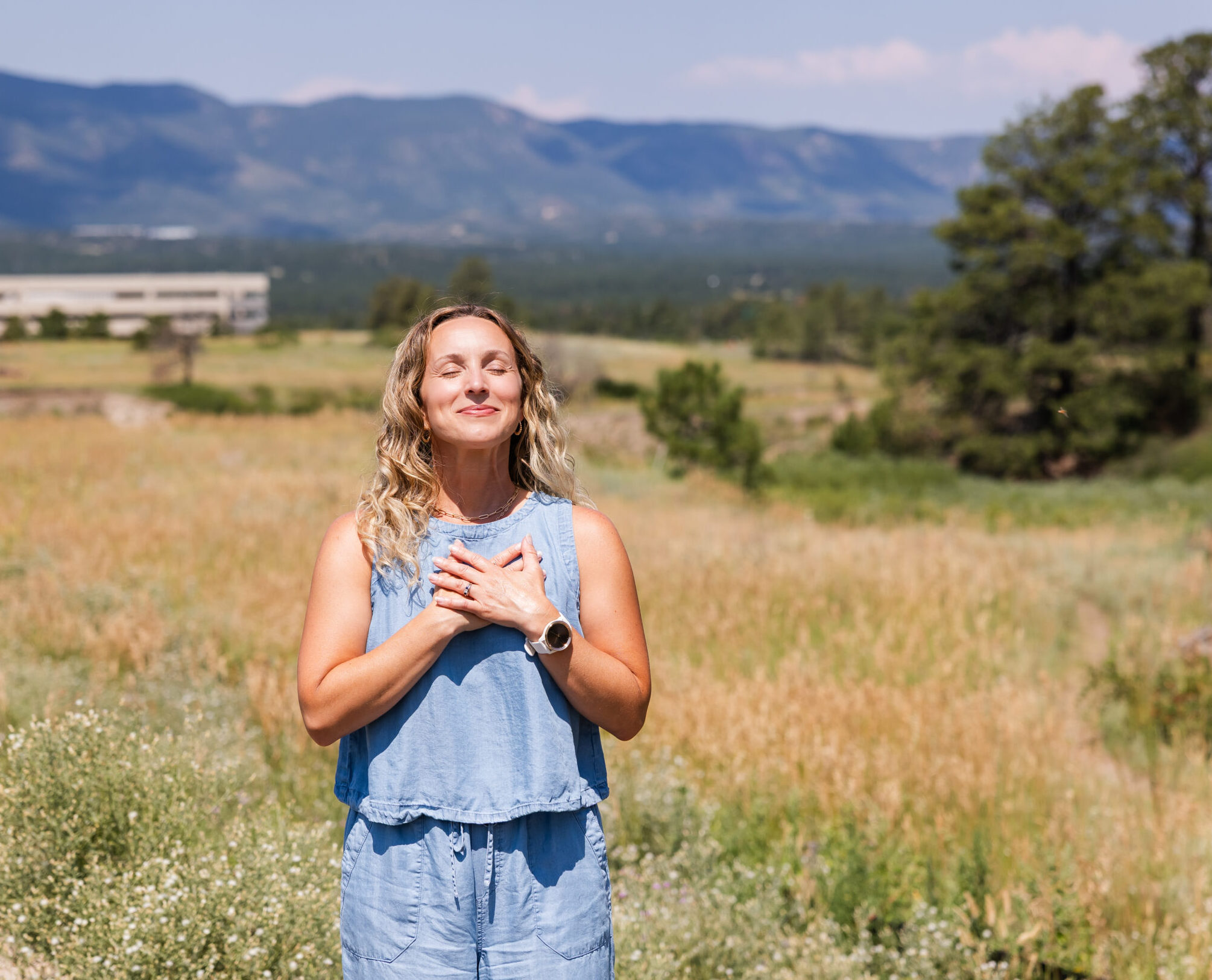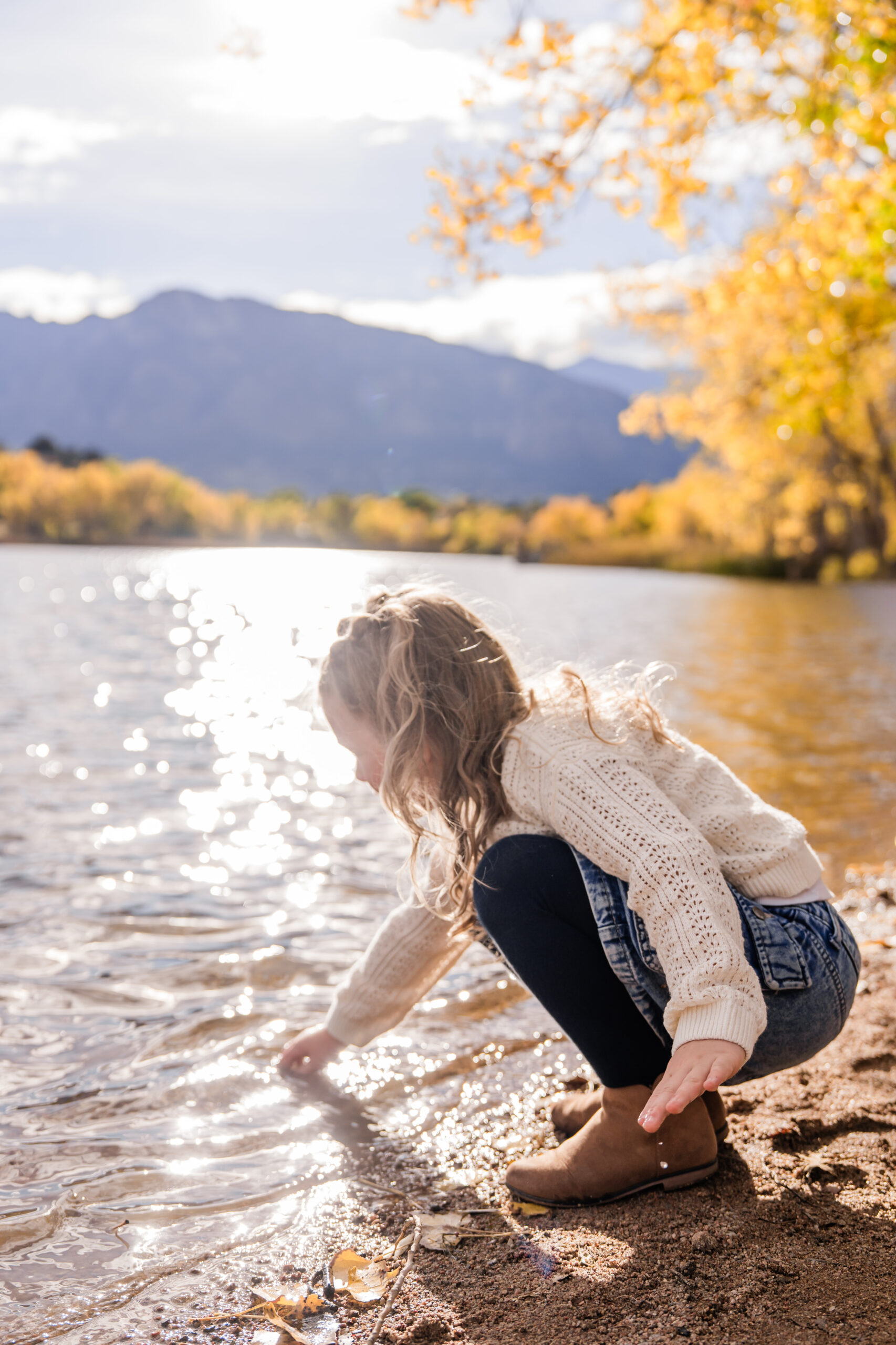Playing Safely Outdoors
Summer is just around the corner!
The days are long.
Kids are spending time outside again.
Our children are playing together again!
The sun is shining down.
And it feels so darn good!
As we begin to spend more time outside, it’s important to take a moment to think about how we can do so safely.
I want to talk to you about sun safety, Mama, so you can play outside with your kiddos and keep the whole family out of harm’s way.
Today we’re going to talk about how to avoid sunburns, the truth about sunscreen, and what to look out for when choosing your next sunscreen brand.
And while we’re talking sunshine, let’s look at the almighty “sunshine vitamin” D, too.
For a long time people have said the best way to get your vitamin D is through exposure to the sun.
But it may not be the only way…
Let’s dive into it.
How Much Sun Is Safe?
Children need protection from the sun. (1) Especially infants with newborn skin and fair-skinned kiddos.
While sunlight has some powerful health benefits, too much can cause serious harm to your little one’s health.
Having fun in the sun with your family is important!
The question is: how can you do so with your little ones safely?
Use these general rules to keep your family safe from sunburns:
- Keep infants out of direct sunlight. Make sure they lay in the shade and under a stroller canopy.
- Limit sun exposure during peak hours of the day. The sun’s rays are strongest between 10 AM and 4 PM.
- Use natural sunscreen. Make sure to apply every 2-3 hours.
- Dress your family in loose, long-sleeve clothing that covers their bodies when it isn’t too hot outside.
- Educate your family. Set a good example by practicing sun safety yourself.
A little bit of sun is wonderful, but too much exposure can lead to dangerous health problems. Find that balance with your family and try to monitor sun exposure in the summer months.
The Truth About Sunscreen
Here’s the thing about sunscreen… We put sunscreen on our babies’ skin to protect them. But the truth is, most sunscreens aren’t really protecting them. The ingredients used in most commercial sunscreens are toxic, and can negatively impact the body after just one use. (2) Constant exposure to these chemicals is dangerous. There isn’t enough research on how extensive their harm may be. The best solution is to avoid commercial sunscreen and choose a safe, natural option.
Sunscreen Safety: What to Look For and What to Avoid
When choosing sunscreen, it’s important to be educated on what’s safe for your children and what’s not.
Look for natural, mineral-based ingredients, such as:
- Zinc oxide
- Titanium dioxide
Sunscreens with these mineral-based ingredients offer strong protection against long-wave UV rays AND exclude harmful ingredients.
You should also be on the lookout for ingredients to avoid:
- Oxybenzone
- Octinoxate
- Octisalate
- Octocrylene
- Homosalate
- Avobenzone
These chemicals may affect your child’s hormones and can even cause allergic skin reactions. (3) The next time you’re shopping for sunscreen, reference the EWG skin deep database to lookup toxicity.
Are natural sunscreens safe?
We know you value information, so you should know there is still research being done on the safety of natural sunscreens. Nanoparticles from titanium dioxide and zinc oxide formulations might be penetrating deeper than we think. (6)
If that’s the case, these mineral sunscreens may be causing oxidative stress on the body. In human speak, it may enter the bloodstream and cause cell damage.
The body manages oxidative stress on a daily basis using micronutrients like:
- Vitamin C
- Vitamin E
- Alpha lipoid acid
- CoQ10
- Glutathione
These nutrients are plentiful in a diet that is full of whole foods like fruits, vegetables, nuts, and seeds.
Herbs and Oils for Sun Protection
Hold on! Before you go slather yourself in baby oil and call it sunscreen…
**suddenly I’m having flashbacks of my sister covered in baby oil laying out in her bikini while blasting Aerosmith on her boom box**
There are a few key oils that are shown to effectively block 20-30% of harmful UVA rays without blocking the beneficial UVB rays. (7)
- Sesame
- Coconut
- Peanut
- Olive
- Cottonseed
I can’t say I’d count on these as my only source of protection for a day at the beach, or a highly exposed hike. However, it’s nice to know there are some alternatives to work with.
Exercise caution when trying oils for the first time. Pay attention to learn which oil is best and what your child’s threshold is. While some children can tolerate hours in the sun without harm, others may only tolerate 15 minutes.
After Sun Exposure
Aloe vera is a well-known remedy for sunburn. But did you know you can also use it after any amount of time in the sun?
There’s not always visible damage, but UV radiation can really add up.
Herbs contain antioxidants like Vitamin C and E, which help heal sun damage at the cellular level.
After some fun in the sun throw a couple of tea bags in the bath with your little ones! That’s right, green and black tea are shown to relieve the skin after UV exposure.
And yes, Aloe is still a great go-to I keep in my cabinet.
Vitamin D and the Sun
Vitamin D has been referred to as “the sunshine vitamin” for decades. Many people worry that if they protect themselves from the sun, they’re going to be deficient in vitamin D. But did you know that even in countries that get the most amount of sunlight year-round, people are still vitamin D deficient? Crazy, right?
So what’s the deal?
Well, there are a few different factors that play into how well our body metabolizes vitamin D.
For example…
- Air pollution
- Sunscreen usage
- Skin color
- Aging
… and even gut health affects how much active vitamin D we take in. (4) (5)
This means sunlight isn’t the only way to get a healthy amount of vitamin D. And your family doesn’t need to expose themselves to the sun without protection to reach healthy levels. So what CAN you do to be sure your family is getting enough Vitamin D?
Other Sources of Vitamin D: Foods and Supplements
Some foods act as a quality source of vitamin D. Make an effort to incorporate more of these foods into family meals:
- Cod, or cod liver oil
- Rainbow trout
- Salmon
- Mushrooms
- Fortified dairy-free milk
- Sardines
- Eggs
The truth is, there are limited options when it comes to vitamin D-rich foods. That’s why a quality supplement may be necessary. Supplementation acts as a safety net. It should never be a replacement for a little sunshine and nutrient-rich foods, but it will help your child get the healthy dose they need.
Connection Between Gut Health and Vitamin D
The health of our gut is crucial to our body’s overall health. I could scream it from the rooftops! And new scientific research is giving us yet another reason why. Get this: You can be giving your child a daily supplement, incorporating vitamin-D-rich foods into their diet, getting plenty of sunlight, and they could STILL be vitamin D deficient.
What!?!
It’s true.
Recent studies suggest that gut health plays a crucial role in converting vitamin D into an active form that supports our health. (5) This means supporting a healthy gut microbiome is essential to getting the vitamin D we need.
How Can You Be Sure Your Family Is Getting Enough Vitamin D?
Looking for signs of deficiency, like a headache, is important. But if you’re unsure if you or your child is getting enough vitamin D, I strongly recommend you do these 2 things:
Get a blood test.
The best way to know if you’re getting enough Vitamin D is to test your blood. Schedule an appointment with your trusted physician.
Take a supplement.
When in doubt, take a daily supplement.
Here are some guidelines for proper dosages:
- Infants: 400 IU
- Children: 1,000 IU
- Adults: 4,000 IU
Just keep in mind that, if you’re already deficient, these doses may not be enough for you.
Keep Your Family Protected and Healthy This Summer!
Getting outside with your family has powerful, positive health benefits. And nothing feels quite so good! By practicing sun safety, your family can enjoy spending time in the sun together for years to come. Have any questions about how to make sure your child is getting the proper amount of vitamin D they need? I’d love to chat with you! You can book a visit with me here.
Stay safe this summer, Mama!
Resources:
- https://www.ncbi.nlm.nih.gov/pmc/articles/PMC7001416/
- https://pubmed.ncbi.nlm.nih.gov/31058986/
- https://www.ewg.org/sunscreen/report/the-trouble-with-sunscreen-chemicals/
- https://www.ncbi.nlm.nih.gov/pmc/articles/PMC3897598/#:~:text=Vitamin%20D%20is%20the%20sunshine,turn%20isomerizes%20into%20vitamin%20D3
- https://www.nature.com/articles/s41467-020-19793-8
- https://greenmedinfo.com/article/nanoparticle-sunscreens-may-have-photocarcinogenic-potential
- https://greenmedinfo.com/article/herbs-provide-protection-against-harmful-uv-radiation-due-their-antioxidant-ac



